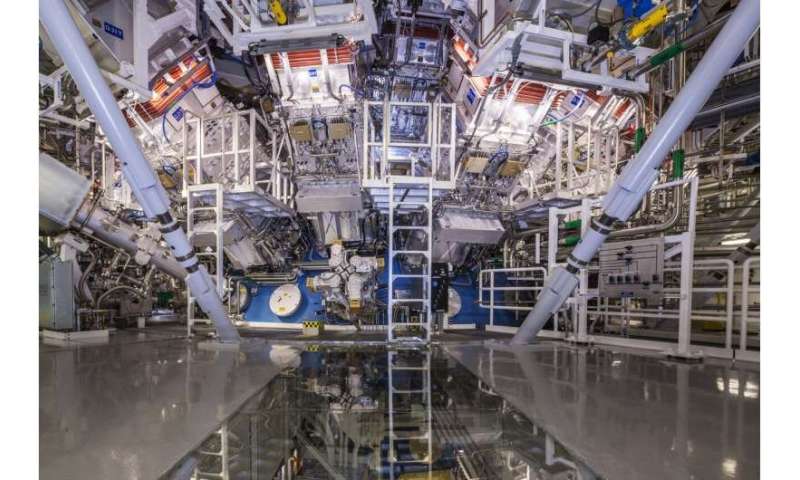Best of Last Week—Fusion breakthrough, link between COVID and heart ailment, a lipid that plays a role in muscle aging

It was a good week for physics research as government officials in the U.S., including President Joe Biden, hailed the fusion breakthrough at the Lawrence Livermore National Laboratory as a milestone for mitigating climate change because it's a step toward energy produced through fusion reactions, leading to greenhouse gas-free energy production. And a team with members from Spain and Austria revealed imposter physical properties surrounding Majoranas—a key advance for quantum technology. Also, a combined team from Wayne State University and U.S. Department of Energy's Brookhaven National Laboratory conducting a data theorem comparison found that particles of light may create fluid flow.
In technology news, EPFL spin-off Uzufly used drones to take aerial photographs of urban areas and used them to generate 3D models of cities and regions with advanced precision—they described the results as "Google Earth on steroids." And a team of engineers at the University of Washington designed and built a gyroscope-free system for efficiently controlling the flight of insect-size robots based on the use of accelerometers. Also, a pair of researchers at the University of Chicago, Jasmine Lu and Pedro Lopes, created a living smartwatch that can be powered by slime mold—an electrically conductive, single-celled organism. And a collaboration between a team at Monash University and the University of Adelaide developed an advanced chip that could lead to an ultrafast tech future. They developed an accurate way to control optical circuits on fingernail-sized photonic integrated circuits.
In other news, a team at the Smidt Heart Institute at Cedars-Sinai Medical Center found evidence showing a link between a heart condition and COVID-19 infections—and the vaccinations used to reduce their symptoms. They found that people with such infections are at a high risk of developing postural orthostatic tachycardia syndrome, and a very small percentage of vaccinated people are at risk, as well. A team with members from several institutions in Brazil found that religion is not the factor that most influences rejection of evolutionary theory in schools—instead, it is more often social and cultural factors. And finally, an international team found evidence showing that ceramides are a key to aging muscle health—the waxy lipid molecules are commonly found in skin care products.
© 2022 Science X Network